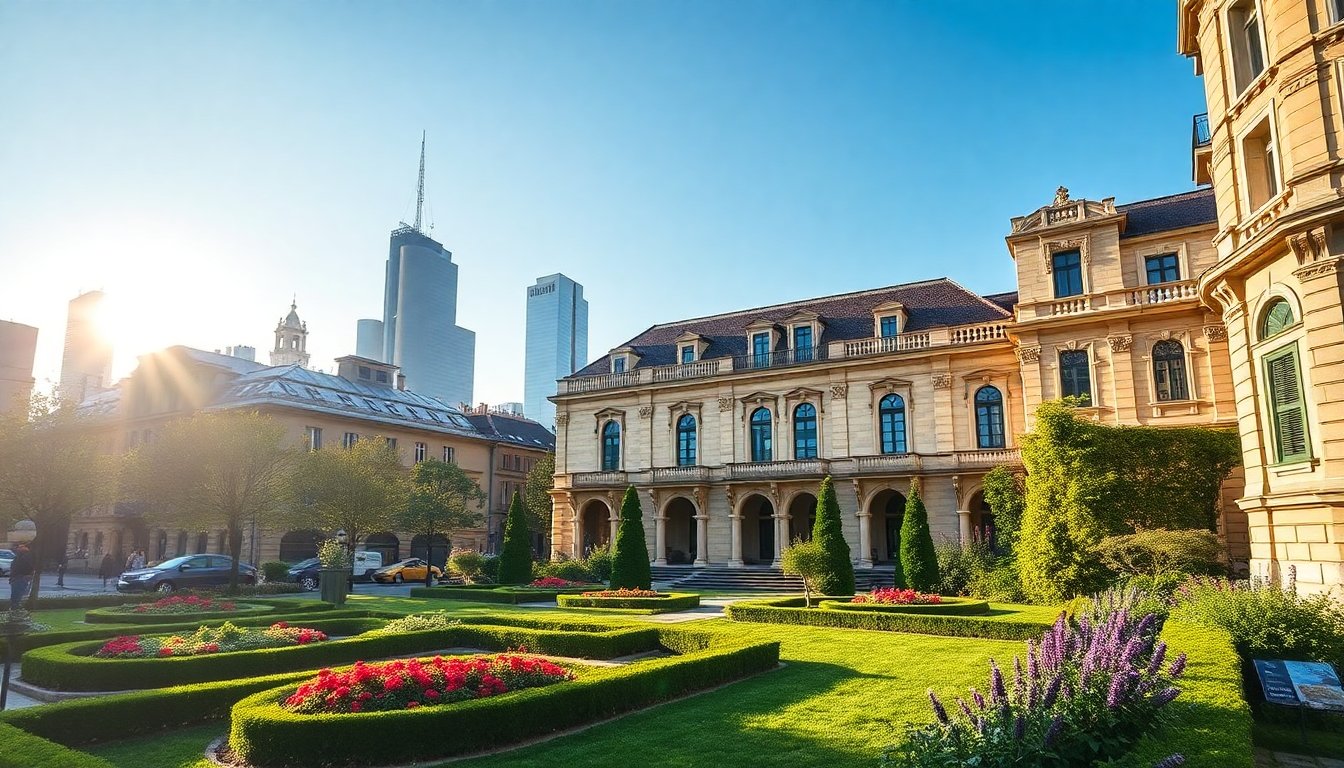Table of Contents
The Paramount Importance of Location in Milan’s Luxury Real Estate
In the dynamic landscape of luxury real estate in Milan, location is everything. With over 20 years of experience in this market, I have witnessed its fluctuations through various economic climates, including periods of boom, crisis, and eventual recovery. Currently, data from OMI and Nomisma indicates that the luxury sector is demonstrating notable resilience, largely fueled by foreign investment and a growing appetite for high-end properties.
Market Overview with OMI/Nomisma Data
Recent analyses reveal a consistent rise in property values across key neighborhoods in Milan. According to OMI data, the average price per square meter for luxury apartments has increased by approximately 5% year-over-year. This growth is particularly evident in areas such as Brera, CityLife, and the historic center, where demand continues to outpace supply.
Furthermore, Nomisma highlights that the luxury segment remains robust and is attracting a more diverse array of buyers, including international investors seeking safe-haven assets. The ongoing renovations in these neighborhoods, along with the city’s rich cultural offerings, position Milan as a prime destination for affluent buyers. The city’s vibrant fashion and design scene significantly enhances its appeal.
Analysis of Key Areas and Property Types
In the Milan real estate market, certain neighborhoods and property types are particularly noteworthy. The Brera district is currently undergoing a renaissance. Modern developments blend seamlessly into its historic landscape, with luxury condos commanding prices exceeding €10,000 per square meter. This surge is primarily due to the area’s proximity to art galleries and upscale boutiques.
Conversely, CityLife showcases a contemporary architectural vision. This neighborhood, known for its green spaces and modern amenities, attracts young professionals and families. The presence of high-end apartments equipped with smart home features has positioned CityLife as a prime investment opportunity in an evolving area.
Additionally, the trend of converting historic buildings into luxury residences is gaining momentum. Properties that maintain their original charm while incorporating modern conveniences are increasingly sought after. This practice not only preserves Milan’s architectural heritage but also significantly enhances property values.
Price Trends and Investment Opportunities
The luxury real estate market demonstrates that location is only part of the equation. Unique property features, such as sustainable technology and energy-efficient systems, are significantly influencing sale prices. Today, the focus is clearly on quality over quantity.
Investment opportunities are plentiful, particularly in emerging neighborhoods gaining traction. Areas like Porta Romana and the outskirts of the historic center are experiencing increased interest. Buyers are looking for spacious living options without compromising on access to amenities. The potential for capital appreciation in these locations is substantial, appealing to both domestic and international investors.
Practical Advice for Buyers and Investors
In today’s competitive real estate market, understanding the unique characteristics of each neighborhood is essential. Buyers should focus on properties that align with their personal preferences while also offering strong investment potential. Conducting thorough market research and consulting with local experts can yield invaluable insights.
Additionally, it is crucial to consider the long-term implications of any purchase. The temptation for immediate returns can be strong; however, investing in properties that promise steady cash flow and appreciation over time is typically a more sensible approach. Flexibility and adaptability often lead to success in real estate, as being open to emerging markets can result in significant returns.
Medium-Term Forecasts
The outlook for Milan’s luxury real estate market is promising. As the economy stabilizes post-pandemic, foreign interest is expected to continue. Local buyers, who had previously paused their purchasing activities, are likely to return. Upcoming infrastructure developments, including improved transport links and new art installations, will enhance the city’s appeal.
In summary, Milan’s luxury real estate market remains vibrant and lucrative for investment. Investors who recognize the evolving opportunities will benefit significantly. The key takeaway? In real estate, especially in a city like Milan, the mantra is clear: location, location, location.


